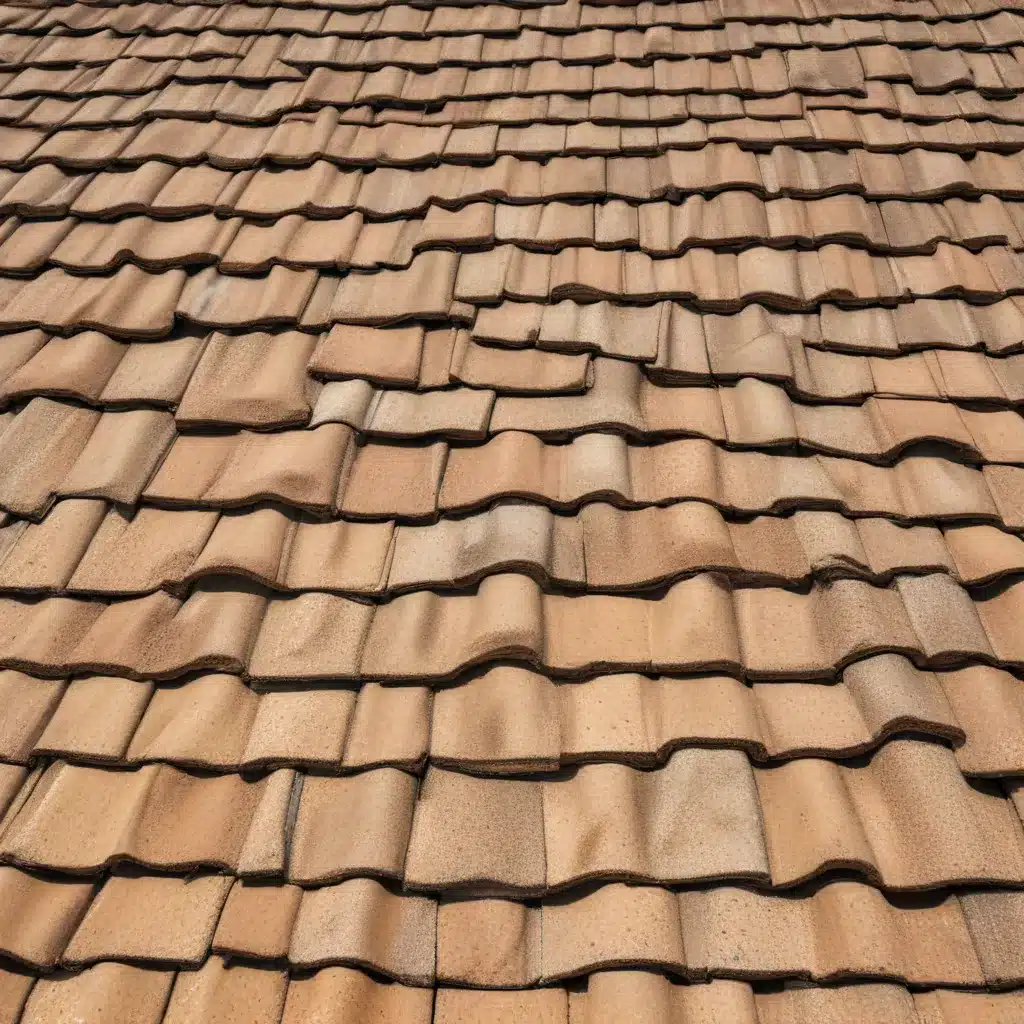
As a seasoned roofing professional, I’ve seen firsthand the devastating impact that water damage can have on a home’s roof and insulation. Whether it’s from a sudden flood, a leaky roof, or a burst pipe, water intrusion can compromise the integrity of your roof and lead to costly repairs if not addressed promptly.
In this comprehensive guide, I’ll walk you through the steps of restoring your roof insulation after experiencing flood or water damage. From assessing the extent of the damage to selecting the right insulation materials and ensuring proper installation, I’ll provide you with the practical tips and in-depth insights you need to get your roof back to its optimal condition.
Assessing the Damage and Safety Considerations
The first step in restoring your roof insulation is to thoroughly inspect the affected area and assess the extent of the damage. This is a critical step, as it will determine the appropriate course of action and the necessary repairs.
Begin by carefully examining the roof for any visible signs of water intrusion, such as discoloration, staining, or signs of mold growth. If the water damage is extensive, it’s essential to have a professional roofing contractor or a certified water damage restoration specialist inspect the area to ensure that the damage is properly identified and addressed.
Safety Considerations:
– Ensure that the area is safe to enter and that any electrical hazards have been addressed.
– Wear appropriate personal protective equipment (PPE), including gloves, goggles, and a mask, to avoid exposure to any potential contaminants.
– If you suspect the presence of mold, it’s crucial to have a professional mold remediation specialist assess and address the issue before proceeding with the restoration process.
Removing Damaged Insulation
Once the assessment is complete and any safety concerns have been addressed, the next step is to remove the damaged insulation. This process can be labor-intensive, but it’s essential to ensure that the affected area is thoroughly cleaned and prepared for new insulation.
Depending on the extent of the damage, you may need to remove the entire insulation layer or just the affected sections. Be sure to dispose of the damaged insulation properly, as it may contain harmful contaminants.
Tip: Consult with your local authorities or waste management service to ensure that the damaged insulation is disposed of in accordance with local regulations.
Drying and Dehumidifying the Affected Area
Before you can install new insulation, it’s crucial to ensure that the affected area is completely dry and free of any remaining moisture. This step is essential to prevent the growth of mold and to ensure the long-term durability of the new insulation.
Use high-powered fans, dehumidifiers, or commercial-grade drying equipment to thoroughly dry the area. Monitor the moisture levels closely and continue the drying process until the area is completely dry.
Tip: Consider hiring a professional water damage restoration company to handle the drying and dehumidification process if you’re unsure about the extent of the damage or the best approach.
Selecting the Right Insulation Materials
Once the affected area is dry, it’s time to select the appropriate insulation materials for your roof. There are several types of insulation available, and the choice will depend on factors such as the roof’s design, the climate, and your budget.
Some common insulation materials used for roof restoration include:
– Fiberglass batt insulation
– Blown-in cellulose insulation
– Spray foam insulation
Tip: Consult with a professional roofing contractor or insulation specialist to determine the best insulation option for your specific needs and to ensure proper installation.
Proper Installation of New Insulation
Correctly installing the new insulation is crucial for ensuring the long-term effectiveness of your roof’s thermal performance and moisture resistance. Follow the manufacturer’s instructions carefully, and consider hiring a professional roofing contractor to handle the installation process if you’re not comfortable doing it yourself.
Key considerations for proper insulation installation:
– Ensure that the insulation is evenly distributed and tightly fitted, with no gaps or air pockets.
– Seal any cracks, holes, or other openings to prevent air leaks and moisture intrusion.
– Properly ventilate the attic or roof space to maintain a healthy indoor environment and prevent moisture buildup.
– Consider adding a vapor barrier or a reflective insulation layer to further enhance the insulation’s performance.
Addressing Underlying Roof Damage
In some cases, the water damage may have caused additional issues, such as structural damage to the roof’s framing or the need for roof repairs. It’s essential to have a professional roofing contractor inspect the roof thoroughly and address any underlying problems before moving forward with the insulation restoration process.
Tip: Be sure to work closely with your insurance provider to understand the coverage and any requirements for the restoration process, as this may impact the scope of the project and the materials used.
Ensuring Proper Maintenance and Ongoing Monitoring
Once the new insulation is installed, it’s crucial to maintain it properly and monitor the roof for any signs of future water damage or insulation-related issues. Regular roof inspections, gutter cleaning, and proactive maintenance can help extend the lifespan of your roof’s insulation and prevent future problems.
Recommended Maintenance Practices:
– Schedule annual roof inspections to identify and address any issues early on.
– Keep your gutters and downspouts clean and free of debris to prevent water buildup.
– Trim any overhanging tree branches or vegetation that could potentially cause damage to your roof.
– Consider installing a roof ventilation system or a moisture barrier to enhance the insulation’s performance and prevent moisture buildup.
By following these comprehensive steps and best practices, you can effectively restore your roof’s insulation after flood or water damage, ensuring the long-term protection and energy efficiency of your home.
If you have any questions or concerns about restoring your roof insulation, don’t hesitate to contact the Roofers in Northampton for professional assistance. We’re here to help you navigate the restoration process and keep your roof in top condition.

